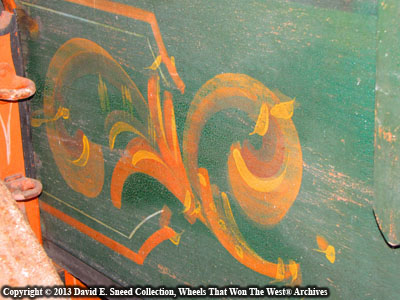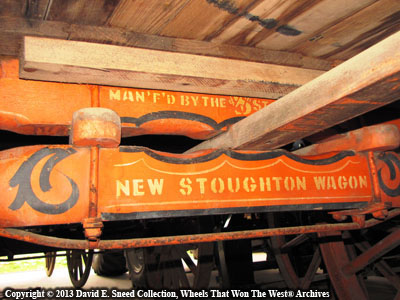The Stoughton Wagon Company carries a storied legacy dating back to the end of the Civil War. The beginnings of the firm are actually rooted in another legendary wagon company, T.G. Mandt. Like many of his peers, Mandt's early successes were recognized by investors who became involved in his company in Stoughton, Wisconsin. As time progressed, Mandt desired more latitude in business and decision-making than the corporate structure inside his company would allow. Taking his name and numerous patents, he left and started his own firm once again.

The thriving Stoughton factory that had built so many Mandt wagons quickly made the transition to building their own brand, known as the Stoughton. With a broad distribution network already in place, the company immediately took a prominent and competitive role. The Stoughton wagon I had the opportunity to examine still holds the majority of its vibrant, original paint. It will likely date to the late teens of the 20th century and was sold by Olaf Melby of Summit, South Dakota.

The wagon has been used very little and still carries a substantial amount of original, hand painted striping along with its ornate, stenciled logos and crisp wooden contours on the box and gear. Each of the wheels is equipped with dodge mortised hubs. It's a design Stoughton consistently promoted as being stronger and better reinforcement for the foundation of the vehicle. Complemented by a 14/16 wheel spoke combination and extra cross sills supporting the box, this near-century-old set of wheels provides an excellent look into America's early transportation industry. As a significant, large-scale brand, the Stoughton Wagon Company is among a host of legendary makers coveted by early vehicle collectors and enthusiasts. While the company may be best known for their farm and freight wagons, Stoughton also built a line of carriages, spring wagons, sleighs, one horse wagons, and sheep bed wagons. Their products were built for a wide range of needs for farms, ranches, and businesses throughout the U.S.
